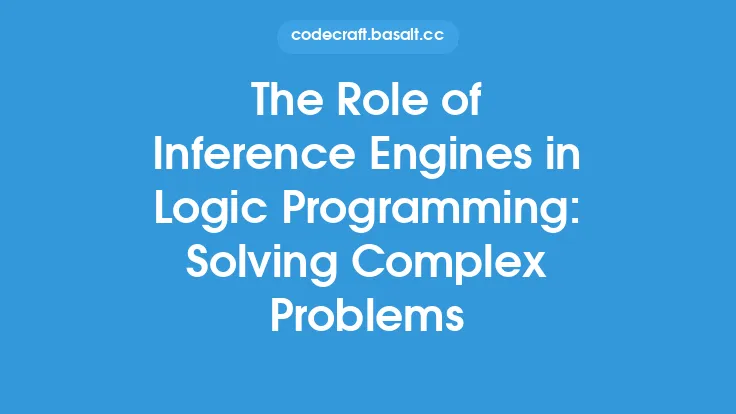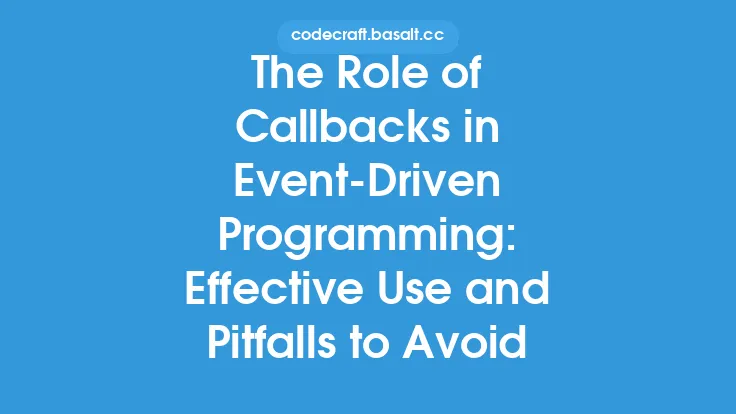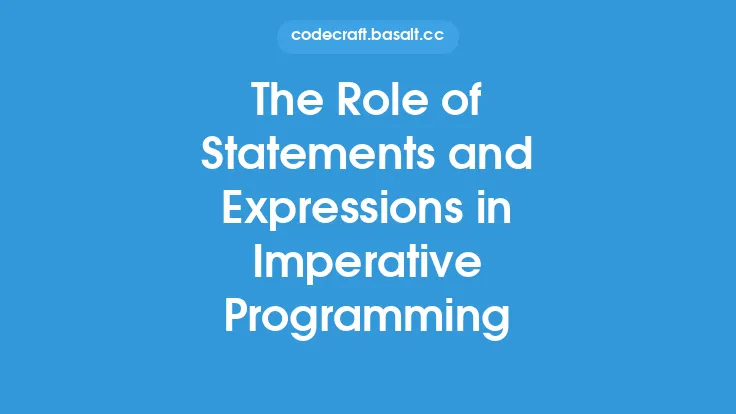In the realm of functional programming, several key concepts come together to enable the creation of robust, modular, and reusable code. Among these, closures play a pivotal role, offering a powerful mechanism for abstracting away complexities and enhancing code expressiveness. A closure is essentially a function that has access to its own scope, the scope of its outer functions (if any), and the global scope. This access allows it to "remember" variables from these scopes even when the outer function has returned, making closures incredibly useful for a variety of programming tasks.
Introduction to Closures
Closures are often misunderstood or underutilized, but they are a fundamental concept in functional programming. At its core, a closure is a function that can access variables from its lexical scope, which is the scope in which the function was defined. This means that even when a function is returned from another function and executed in a different context, it retains access to the variables of its original scope. This property makes closures particularly useful for creating functions that need to maintain some sort of state or context between invocations.
Creating Closures
Creating a closure involves defining a function within another function. The inner function has access to the variables of the outer function, and if it is returned from the outer function, it retains this access even after the outer function has finished executing. This is a key aspect of closures: the ability of the inner function to "close over" the variables of its outer scope, hence the name "closure." Here's a simple example to illustrate this concept:
function outer() {
let counter = 0;
function inner() {
counter++;
console.log(counter);
}
return inner;
}
const closure = outer();
closure(); // Outputs: 1
closure(); // Outputs: 2
In this example, `outer` returns `inner`, which has access to `counter` even after `outer` has returned. Each call to `closure` increments and logs `counter`, demonstrating how the closure retains access to its original scope.
Uses of Closures
Closures have a wide range of applications in functional programming, including but not limited to:
- Data Hiding and Encapsulation: By using closures, you can encapsulate data and behavior, making it harder for other parts of the program to modify the data directly. This helps in maintaining the integrity of the data and reduces the risk of unintended side effects.
- Function Factories: Closures can be used to create function factories, where a function returns another function with some predefined settings. This is useful for creating a family of related functions without having to repeat code.
- Event Handling and Callbacks: In event-driven programming, closures are often used as callbacks. They can capture the context in which an event occurred, allowing for more flexible and dynamic event handling.
- Memoization and Caching: Closures can be used to implement memoization, a technique where the results of expensive function calls are cached so that if the function is called again with the same arguments, the cached result can be returned instead of recalculating it.
Technical Aspects of Closures
From a technical standpoint, closures involve a few key concepts:
- Lexical Scoping: This refers to the way variables are scoped in the source code. In languages with lexical scoping, the scope of a variable is determined by its location within the source code.
- Closure Objects: In some languages, closures are implemented as objects that contain a reference to the function and its captured environment. This object is what allows the function to access variables from its original scope.
- Garbage Collection: Since closures can retain references to variables and objects from their original scope, they can affect how garbage collection works. If a closure is the last reference to an object, that object will not be garbage collected until the closure is itself garbage collected.
Best Practices for Using Closures
While closures are powerful tools, their use requires careful consideration to avoid common pitfalls such as memory leaks or unintended side effects. Here are some best practices:
- Use Closures Judiciously: Only use closures when necessary, as they can make code harder to understand if overused.
- Understand the Scope: Always be aware of the scope from which a closure is capturing variables to avoid unexpected behavior.
- Avoid Memory Leaks: Be mindful of the potential for memory leaks when using closures, especially in languages without garbage collection.
Conclusion
Closures are a fundamental and powerful concept in functional programming, offering a way to abstract away complexity and create more expressive, modular code. By understanding how closures work and how to use them effectively, developers can write more efficient, flexible, and maintainable software. Whether for data hiding, function factories, or event handling, closures provide a versatile tool that can elevate the quality and functionality of code in a wide range of applications.





